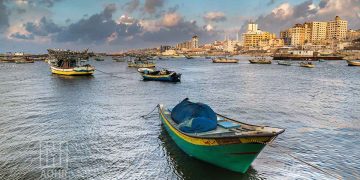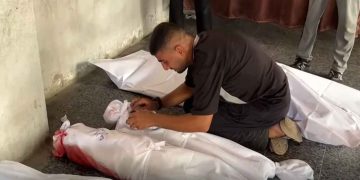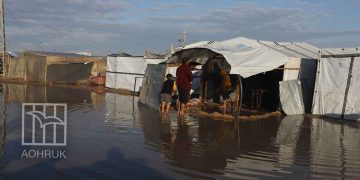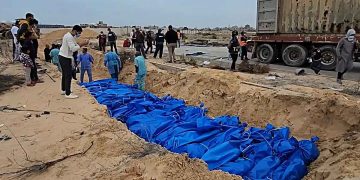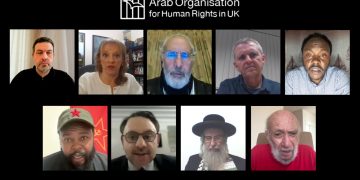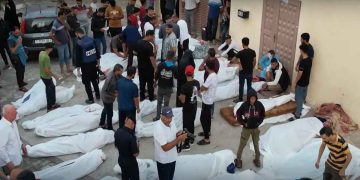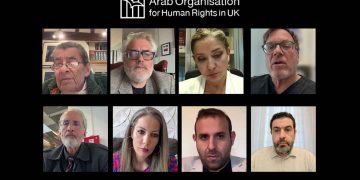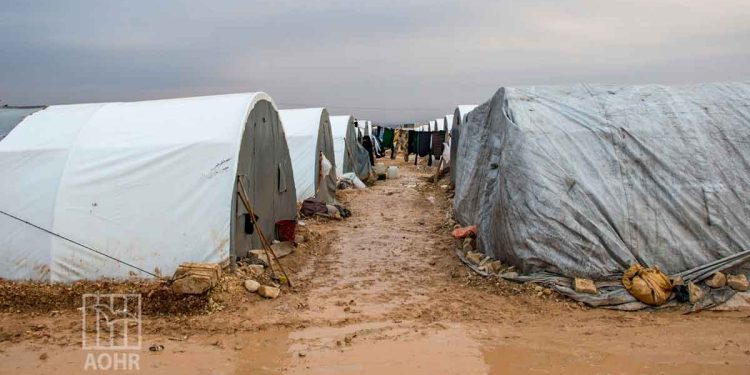Millions of internally-displaced people (IDP) in Syria continue to suffer very difficult conditions, which are often worse in winter due to a lack of heating and cold weather clothing, and due to potentially dangerous weather conditions including storms and flooding.
Recently, in the al-Tala’a refugee camp in al-Hasakah Governorate, in northeastern Syria, dozens of tents were damaged in a camp due to storms and resultant flooding.
According to eyewitnesses, more than 20 tents were destroyed as a result of a rainstorm that hit the camp. The camp mainly houses IDPs from the surrounding governorate.
Both tents and families’ personal property were destroyed. The camp includes approximately 3,000 tents housing around 2,500 families or some 14,500 individuals in total.
And, last Thursday, storms across the northwest of the country caused damage in at least 19 camps. 62 tents were destroyed in total, and at least partial damage to 44 tents was recorded.
The United Nations has warned of the huge risks faced by vulnerable Syrians over the coming winter.
In a statement, the UN called for increased aid to the six million refugees across Syria, including the two and a half million refugees in the northwest regions of the country.
The statement added that just 42 percent of the IDPs’ needs were being met, and stressed the urgent need for additional funding to provide them with winter aid.
Many of the IDPs across Syria’s northwest fled the regime’s bombing of their villages, towns and cities, during a civil war that began on 18 March 2011.
Although the camps have been established, in some cases, for years, conditions in them remain very difficult, particularly in the winter. Children are especially vulnerable to seasonal conditions.
According to international law, and in particular the Fourth Geneva Convention of 1949 and Protocol I, added to the Convention in 1977, civilians must be afforded protection from armed hostilities, including those fleeing conflict in their own countries.



